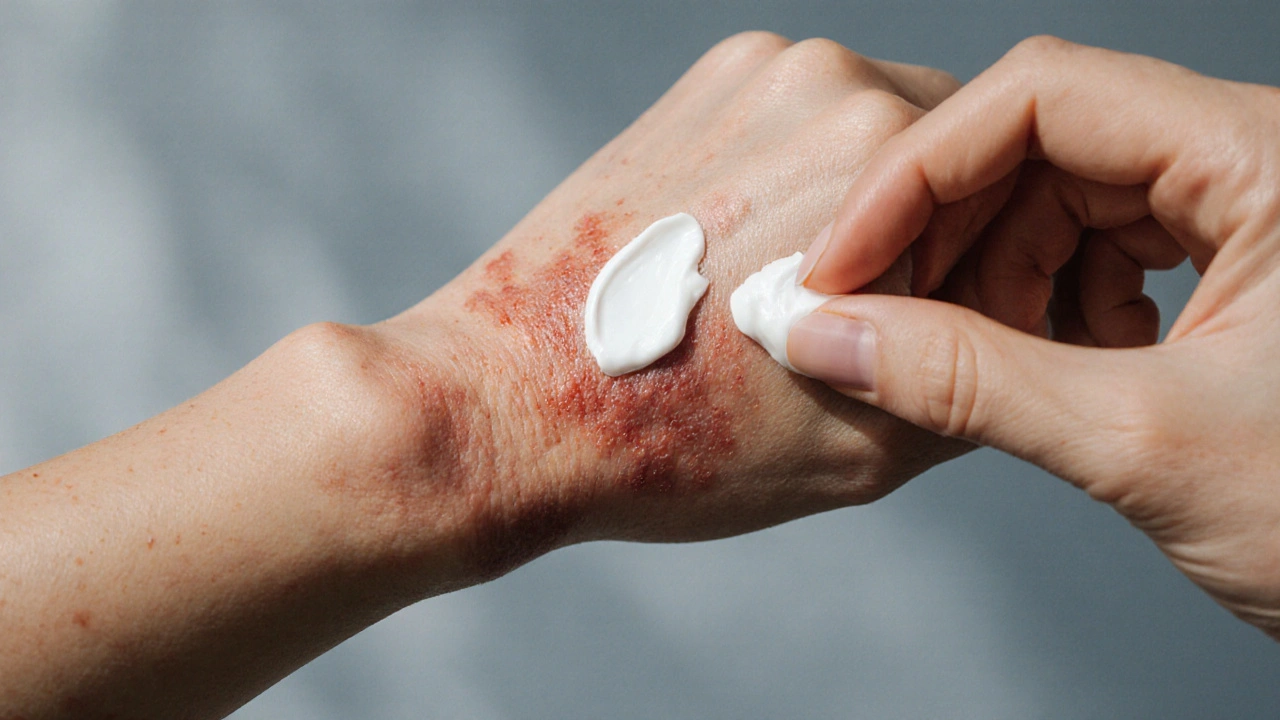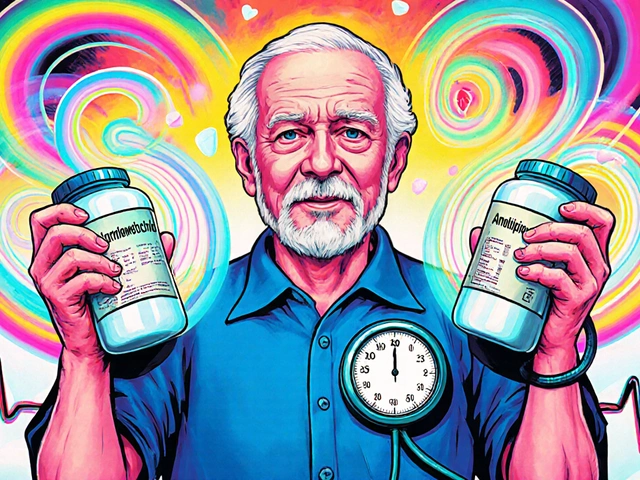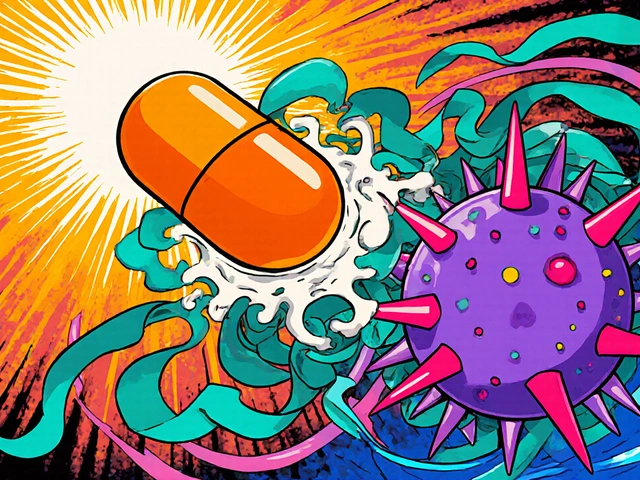Topical Steroid Alternatives – Safe Non‑Steroid Options for Skin Care
When you hear the term topical steroid alternatives, you’re probably thinking about the itch‑and‑redness relief you get from creams without the hormone load of steroids. Topical Steroid Alternatives, non‑steroidal treatments used to reduce skin inflammation and itching without the side‑effects of corticosteroids. Also known as non‑steroidal skin therapies, it helps people avoid skin thinning, stretch marks, and rebound flare‑ups that can follow prolonged steroid use. The most common non‑steroidal anti‑inflammatory creams are designed to numb the area, reduce swelling, or calm the immune response. Non‑steroidal Anti‑inflammatory Creams, topical products such as lidocaine, diclofenac, or menthol that soothe irritation without steroids. Over‑the‑counter choices like lidocaine patches, diclofenac gel, or menthol ointments give quick comfort and are easy to buy, but they each work differently—some numb, some reduce prostaglandin production, and some create a cooling sensation that distracts the brain from itch. Understanding how each mechanism fits your skin type helps you pick the right product and avoid the rebound redness that can happen when you rely on a single solution.
Another powerful group of steroid‑free treatments are Calcineurin Inhibitors, prescription ointments like tacrolimus and pimecrolimus that block immune signals to calm skin inflammation. These prescription ointments, such as tacrolimus and pimecrolimus, block the enzyme calcineurin, which stops T‑cell activation and therefore reduces the inflammatory cascade that fuels eczema and atopic dermatitis. Because they act on the immune system rather than the skin surface, they’re especially useful on delicate areas like the face, neck, and groin where steroids can cause the most damage. Clinical studies have shown that long‑term use of calcineurin inhibitors does not thin the skin, though a mild burning sensation can occur at first. Doctors often recommend them when patients have steroid‑phobia, need a maintenance plan after a steroid burst, or have conditions that don’t respond well to typical creams. Pairing a calcineurin inhibitor with moisturizers creates a two‑step barrier that locks in hydration while keeping inflammation in check.
If you prefer a more natural route, Phototherapy, controlled exposure to UV light used to treat chronic eczema and psoriasis as a steroid‑free option has become a mainstay for chronic eczema and psoriasis patients who want to stay clear of steroids. In a dermatologist’s office, controlled UV‑B light is delivered in short sessions that slow down the overactive skin cells and calm immune responses. The treatment schedule usually starts with two to three visits per week and tapers off as the skin improves. While phototherapy requires a commitment of time and occasional eye protection, it eliminates the systemic absorption concerns that come with topical steroids. Complementary natural remedies—like colloidal oatmeal baths, aloe vera gel, or topical turmeric—can further soothe the skin and support the healing process. These agents work by providing moisture, anti‑oxidant benefits, or mild anti‑inflammatory action, making them ideal for day‑to‑day maintenance between medical appointments.
All of these options—non‑steroidal creams, calcineurin inhibitors, phototherapy, and gentle natural supports—show that you don’t have to rely on steroids for effective skin care. Below, you’ll find a curated set of articles that compare specific products, explain dosing schedules, and outline safety tips for each alternative. Whether you’re looking for an over‑the‑counter gel to tame a sudden itch or researching prescription ointments for long‑term management, the collection ahead gives you the facts you need to choose a steroid‑free path with confidence.
Temovate (Clobetasol) vs Topical Steroid Alternatives: Full Comparison
Compare Temovate (Clobetasol) with top alternatives, see potency, side effects, and best use cases to choose the right skin treatment.






